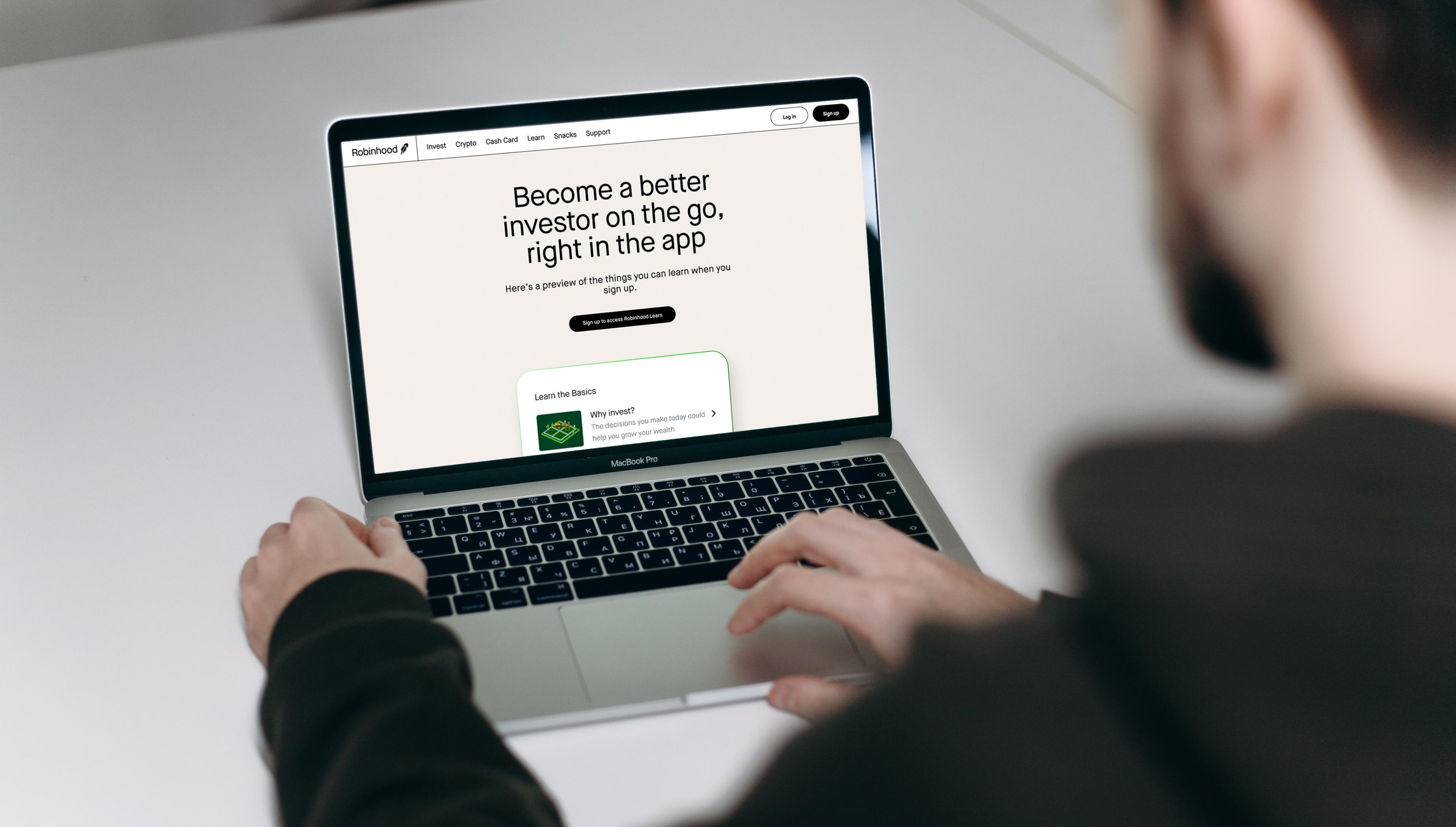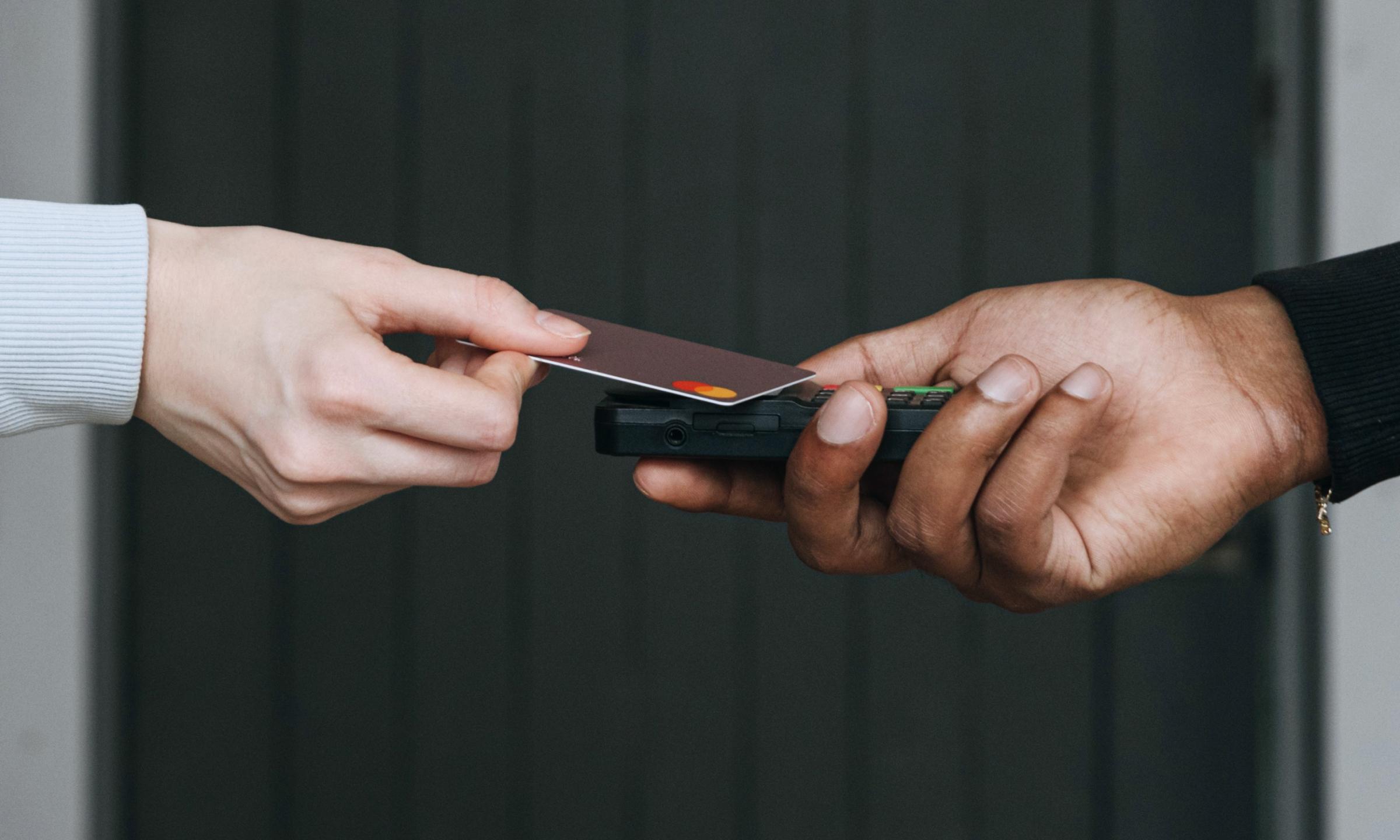
How to develop a fintech app

Had Franz Kafka lived another hundred or so years, he no doubt would have turned his quill against the existential anxiety posed by visiting the local bank branch. Will you wait in line for two minutes or twenty? How many managers must you speak with before your minor-yet-still-urgent problem is solved? If they say the problem is solved, does that mean it really is? What are the odds of you having to return the next day?
While innovators at B2C financial institutions aren’t thinking of it this way, they are effectively tackling the Kafka-esque trifecta of emotions that confound their customers: frustration, consternation, and plain old dread. And why wouldn’t they? Bank bureaucracy, for instance, is a chore across cultures and age brackets. At the core, a fintech’s job revolves around making the excruciating less painful — and perhaps even pleasurable.
And profitable. Sixty-two percent of consumers state that digital banking is a service they can’t live without, so it stands to reason that smart solutions adjacent to digital banking — ones that eliminate or at least diminish finance-induced dread — appeal to consumers, too. After all, there’s always money to be made off reducing a customer’s inconvenience, and the most acclaimed solutions in the market were all built following some core precepts — they’re safe, useful, and somehow unique in what they do.
Here’s our take on what it takes to build a fintech application that consumers can’t live without — and that even Kafka might have approved of.
Know your audience
When you’re considering how to build a fintech app, the first question is what you’d ask when building any app: “Who is this for?” The wider your target audience is (like professionals aged 25-55 who are saving for a home purchase), the longer your list of features will be, and the more care you’ll need to take to make it user-friendly for everybody. Conversely, a fintech app designed with a specific user base in mind (like people in their twenties learning how to invest their savings) allows for precise features that cater to that group’s needs.
All too often the description of a great fintech app is reduced to “Can your grandma use it?” The reality is far more complex: A great app attends to the needs and wants of its users, whatever and whoever those might be — and likely not your grandma. So when you’re rolling up your sleeves to get busy with fintech app development, think about grandma only if you are literally marketing to women with grandchildren.
Otherwise, assume a higher level of tech literacy and a low tolerance for excessive formality from your future subscribers. Personal finances management app Quirk gets it masterfully, from its gamified features to smart stylistic choices to emoji-like labels that speak about finances the way users do: “rainy day funds” rather than “emergency savings,” or “guilty pleasures” instead of “entertainment expenses."

The must-haves
No matter what fintech vertical or target audience your app belongs to, it will need to include a handful of non-debatable features — some for users to interact with, some quietly doing their job in the background. They are:
Legal, regulatory, and compliance
“When it comes to financial apps, it’s critical to understand a plethora of rules and regulations. Understanding these requirements and making them a priority can help your app shine,” says Andrew Haines, Global Head of Fintech at Vention. But it’s not just about your app — it’s really about strengthening your entire company. “Implementing and following these rules can help the operation of your company and keep your firm secure and trustworthy,” he says, adding that “trust” should always be a top priority.
Compliance varies from region to region, but certain fintech standards like PCI DSS for credit, debit, and cash transactions are common practice regardless of where you operate.
The privacy-oriented Gramm-Leach-Bliley Act (GLBA) in the US and its EU analog Directive on Payment Services (PSD 2) require fintech operators to inform customers about how sensitive data is shared, allowing them to opt-out if wanted. The EU also counts on DORA, which is crucial to streamline rules and manage digital risk (especially in new technologies like blockchain), and the famous GDPR, the bulwark against intrusions on individual privacy. Mobile apps, in particular, must have their security KPIs defined and prove they’re invested in the development and adoption of new safety protections to safeguard their clients.
Security
Money demands locks. A modern fintech app must have multiple security parameters to command trust — or else. Default security measures include encryption, secure API, biometrics (fingerprint, face, and even voice-based), and multifactor authentication (through authenticators or SMS codes). Furthermore, AI, machine learning (ML), and blockchain can help reduce fintech security risks for both companies and individuals.
Integrations
Integrations with third parties can help you complete secondary tasks, like AML (anti-money laundering) and KYC (know your customer).
They can also enhance the customer experience. “A good app always displays pertinent information for users in an easy, straightforward manner,” says Ilia Pilnikau. “Third-party integrations, when done right, aggregate that information to give customers a holistic view of all their financial world.”
API Integrations are broad in possibilities, some nice to have, some mandatory to compete. If your fintech app is about insurance, you’ll need a credit score checking API such as ExperianM or Xactus to validate your customers. If the app involves money transfers, a payment processor like Stripe doubles down as a payment provider aggregator and PCI service provider. A budgeting app, on the other hand, requires access to bank accounts to work properly, so fintech darling Plaid is a must.
Note that most of these industry-standard APIs also integrate with each other, creating a complex web of solutions — and possibilities.
Engaging user interface
User interface and user experience can make or break an app. (Kafka would back me up on that.) Beyond promoting the satisfaction of your current users, a great user interface is an irreplaceable marketing tool to acquire new ones — especially when it looks better than the competition’s.
Dashboards are a popular way of conveying complex financial data in B2C investment apps, and near-ubiquitous for all sorts of fintech banking solutions, be it sales, portfolio, or wealth management apps. Here, modern tech like AI, machine learning, and particularly Big Data play increasingly relevant roles in edging out business rivals.
Support
Speaking of AI, few support features pair cost reduction and customer satisfaction better than AI-powered chatbots. A good chatbot does what no human operator can: answer questions instantly, at any time, while automatically sorting queries into different categories that can be analyzed later by Big Data algorithms, providing you with valuable feedback about your clients’ behavioral patterns.
Taking that one step further, natural language processing technology has given rise to NLP-based chatbots. This new generation of chatbots not only accepts speech-based commands through voice recognition tech but is also able to detect a person’s mood and satisfaction levels via tone, creating a sentiment analysis profile that helps you to improve and personalize your support services.
Feature-planning for newcomers
Beyond must-haves or nice-to-haves, features are an app’s way to burst the saturation bubble. There are innumerable apps for banking, budgeting, investing, trading, insurance, and other fintech verticals currently on the market, making it a tall order for the new kids on the block to stand out.
App-defining USPs often come from one or two well-executed, must-have features. For instance:
- Mint refreshed the personal finances scene by centralizing accounts, budgets, daily expenses, monthly bills, and credit score analysis in a single app with a strong focus on data encryption.
- Lemonade squeezed the insurance vertical with an AI-fueled app that sells policies to users in literal seconds — or, excluding text inputs, in fewer than 15 taps.
- Robinhood stole the retail investor market by developing an extremely friendly UI coupled with commission-free trades. (Sure, it’s a bit, um, embroiled these days, but its B2C achievements are still legendary.)

In an industry notorious for its corporate stuffiness, creativity can go a long way in distinguishing new ideas and attracting new users. In what is perhaps the boldest attempt at a budgeting app ever, Fortune City is gamified to a point where it’s impossible to discern where the game ends and the budgeting begins. In it, users build cartoonish virtual cities by tracking real-life incomes and expenses, which grow the different neighborhoods according to the income/expense type — so going out for a sushi dinner gets you an in-game, Japanese-style food stall, complete with a giant ebi nigiri on the roof.
Look past Fortune City's cute antics, however, and you’ll see every must-have feature of a budgeting app in place. Analytics dashboards? Check. Plaid API integration? Check. AI-generated advice based on your spending patterns? Check. Most customers don’t need to be aware of those features as long as they reap benefits, so the app doesn’t waste resources marketing its technicalities. Instead, it entices users with a good time — budgeting, a semi-chore, is elevated to enjoyable.
Your tech stack choices
In a recent Forbes article, our West Coast CTO, Dave Hecker, hit the nail on head: Choosing a tech stack goes beyond just tech. Every decision you or your vendor partners make regarding the stack will follow you around until you decide to change it, and modifying the stack post-factum is messy and expensive. You don’t want to change your stack unless it’s absolutely necessary. With proper planning, it shouldn’t ever be.
Usually, fintech startups pick their tech stacks based on popularity — established ecosystems, with robust knowledge bases surrounding them, typically used within the sector. It’s easier to find devs, rely on existing libraries, and troubleshoot issues if you’re not reinventing the wheel to develop a fintech app. Apart from projects with very specific characteristics, such as those involving new tech where it matters for your business to be seen as a pioneer, broad acceptance within the industry is the standard for fintech app development projects.
On the business rather than technical side, if your ultimate goal is to be acquired by a particular enterprise, it’s good practice to try and keep your fintech app’s tech stack as close as possible to your intended acquirer, if you have one. Otherwise, you’ll lose valuation since your prospective parent company will have to convert your tech stack to theirs — which, again, means opening up the wallet at great cost.
Finally, your tech stack will be a reflection of your company’s culture. While technical specs are paramount for your app’s performance and good user evaluation, so too are how these results are achieved. Hip languages, for example, tend to attract hip developers interested in moving fast and breaking things. Hire a majority of those and, well, now you have a hip workplace and company culture allergic to boomer languages like C. It’s pretty straightforward.
From MVP validation to feature priority
Between theory and practice, the best way to certify your assumptions is to witness them working (or not!). That’s where the MVP comes in.
An MVP is the most barebones app version possible that contains every must-have functionality, but what qualifies as a “must-have” can be murky. If a beautiful app design interface is key to your app’s value proposition (as it is for gamified apps like Fortune City,) then an MVP with less-than-shining visuals won’t get helpful feedback. Plus, the MVP isn’t just about your app; it’s a comparison tool to gauge how your app fares against competitors. It lets you identify your project’s strengths and weaknesses and adjust accordingly with relatively little cost. And, of course, feedback equals data. Your first users generate the first influx of precious behavioral analytics that should help you understand better what features to prioritize next.
Fintech applications are like living organisms that will wither and die without proper, constant nurturing. Once your fintech app development moves past the MVP stage to a wider launch, the gears of your development cycle switch to app maintenance, but more excitingly, feature updates.
The update of old features and the inclusion of new ones is all but a fintech market requirement. As time flows, old players drop out, new players jump in, cutting-edge tech flourishes, and the market landscape shifts. If your app doesn’t follow, then to the annals of history it goes. Every feature you prioritize and add keeps you ahead of the game, in terms of user experience, but also in terms of data gathering: With every iteration, your analytics should generate troves of data that, together with comprehensive fintech market analysis, will help you continue to optimize.
Markets will pass us by
How long does it take to develop a fintech app? It depends. The time-to-market of fintech applications varies widely depending on the project’s scope, range, and ambitions, but the truth is it’s never really done. Many fintech solutions fail because they hyper-focus on the “right now” and forget about the “then what?” Extremely narrow project scopes might not leave space for innovation, which in turn stifles how much you can future-proof your fintech app in case your Plan A goes awry.
We think it’s useful to think of it this way: To be enduringly successful, your fintech app should never reach its final form because it doesn’t have a final form to reach. Sure, you can create it with an initial objective in mind, but the development process doesn’t stop once that vision is achieved because visions also evolve. Sometimes that evolution is at a fairly grand scale, as was the case for our fintech client Dealcloud — originally a fintech-focused CRM and deal management software startup which, after being acquired in 2018, became a fundamental cog in the broader financial consulting operations of its parent company, Intapp.
The point is, the best fintech platforms — or most apps, really — are smartly designed as building blocks upon which new features can be added to react to market movements. You know, that classic “Amazon started as a bookstore” talk. The thing is, as cliché as it sounds (and it is), it’s also true.





